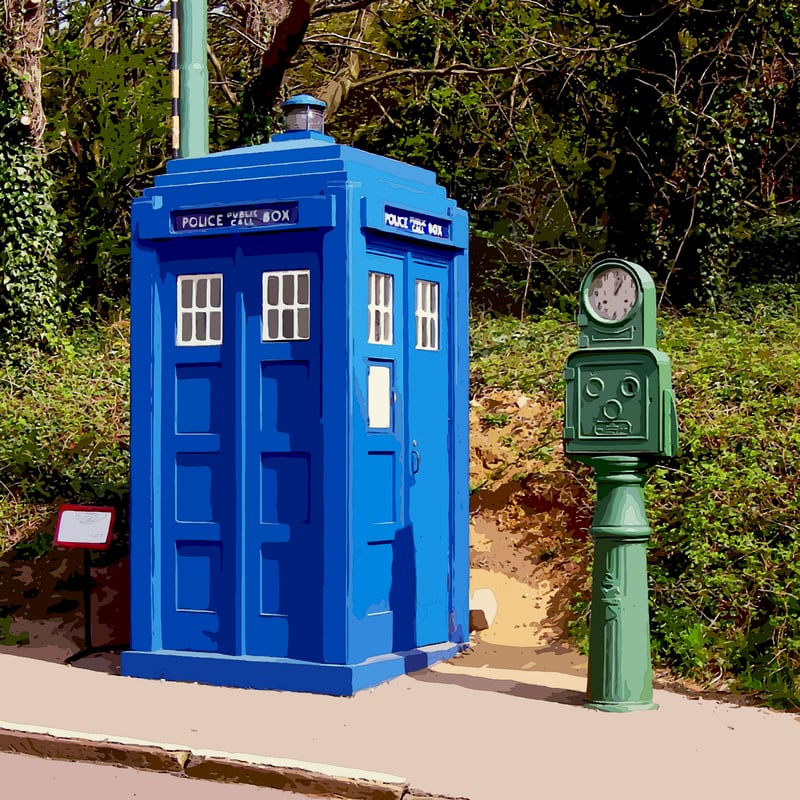Causality Loops
Avoiding Timeline Risks and Causality Loops in Time Travel
Time travel has long been a fascinating concept in science fiction, allowing characters to journey into the past or future. However, with great power comes great responsibility, and time travelers must be wary of the risks involved. Two major concerns when it comes to time travel are timeline risks and causality loops.
Timeline Risks
One of the primary risks associated with time travel is the potential for timeline disruption. When a time traveler alters events in the past, it can have a ripple effect that changes the course of history. This can lead to unintended consequences, such as the erasure of key individuals or the rise of alternate realities.
To avoid timeline risks, time travelers must adhere to certain principles:
- Observe and minimize interference with past events.
- Avoid changing significant historical moments.
- Be cautious of creating paradoxes that could unravel the fabric of time.
Causality Loops
Causality loops, also known as bootstrap paradoxes, occur when an event is its own cause. In these scenarios, an object or information is sent back in time, leading to its own creation without a clear origin. This can create a loop where the item has no discernible beginning.
To prevent causality loops, time travelers should:
- Exercise caution when introducing future knowledge or technology to the past.
- Avoid creating situations where an item or information has no logical origin.
- Seek to maintain the integrity of cause and effect relationships.
Conclusion
Time travel is a thrilling concept, but it comes with inherent risks that must be carefully navigated. By understanding and respecting the principles of timeline preservation and causality, time travelers can explore the past and future without causing irreparable harm to the fabric of time.
Remember, with great power comes great responsibility, especially when it comes to manipulating the very essence of existence - time itself.

Image Source: Pixabay
